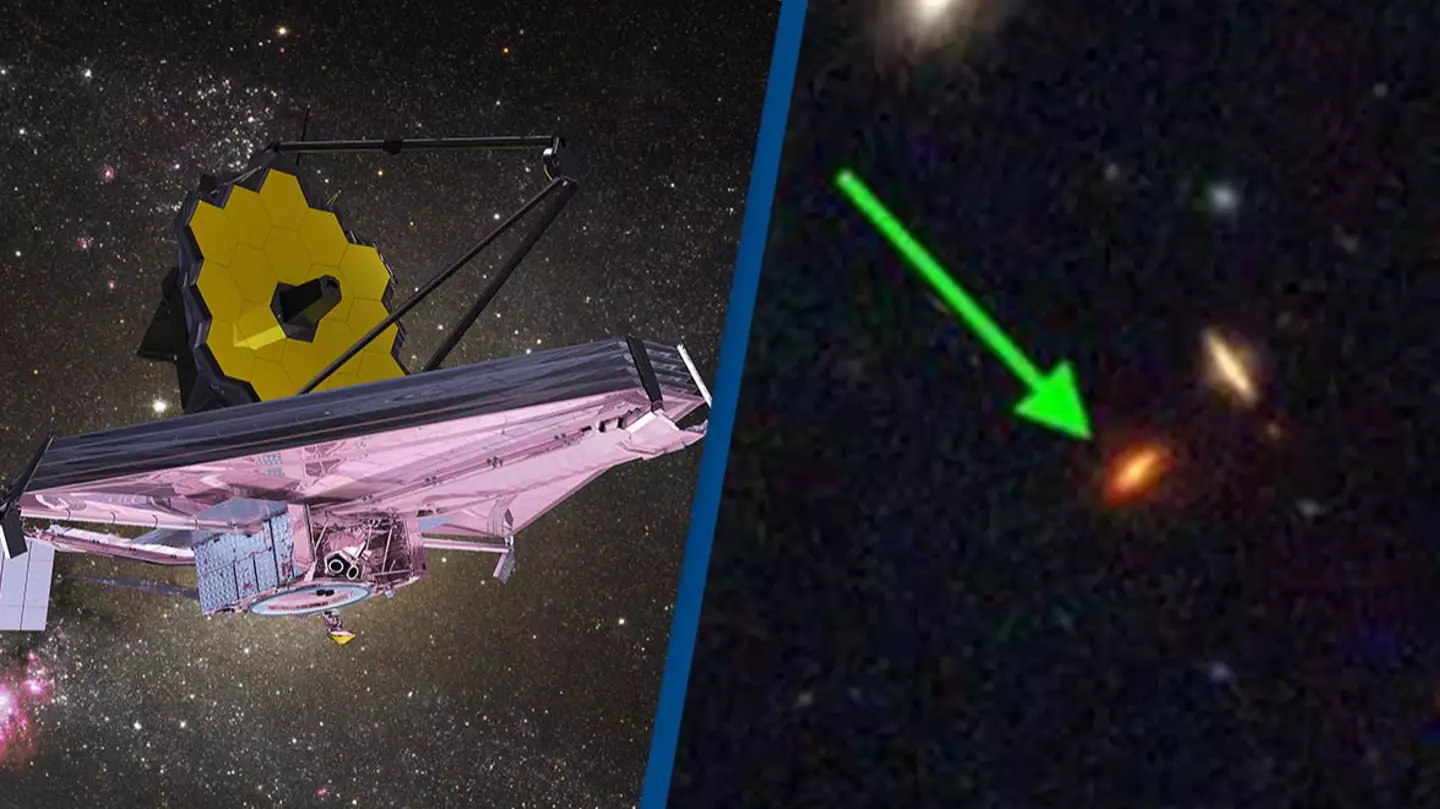
Scientists have observed another galaxy which looks remarkably similar to our own.
The thing about space is that there is always something new to learn and discover about it. And a newly-discovered galaxy has shown scientists that this is as true now as it ever was.
In an unexpected twist, it's not because the galaxy is wholly new that it's interesting, but because it's very similar to the Milky Way.
Advert
It's this similarity which has scientists asking lots of new questions about our knowledge of the universe.
The galaxy was spotted by the NASA's deep space James Webb Telescope (JWST), and has been given the catchy name of ZF-UDS-7329.
What's interesting about the galaxy is that according to our existing knowledge of the universe, it shouldn't exist.
Or at least, it shouldn't have formed when it did.
Advert
The JWST places the age of the galaxy as having formed around 13 billion years ago.

When you look this far into deep space you are actually looking into the past because the light and other waves take so long to reach us.
Here's the catch, when this galaxy formed dark matter, the mysterious substance permeating throughout the universe, didn't yet exist so a galaxy of this size should not have been possible.
Advert
But there it is, a ghost from the past showing us how much we still have to learn!
Claudia Lagos, associate professor of astronomy at the University of Western Australia, explained: "Galaxy formation is in large part dictated by how dark matter concentrates.
"Having these extremely massive galaxies so early in the Universe is posing significant challenges to our standard model of cosmology.

"This is because we don't think such massive dark matter structures as to host these massive galaxies have had time yet to form.
Advert
"More observations are needed to understand how common these galaxies may be and to help us understand how truly massive these galaxies are."
Dr. Themiya Nanayakkara led the analysis of the JWST data, and has hailed the discovery as groundbreaking.
She said: "This pushes the boundaries of our current understanding of how galaxies form and evolve.
"The key question now is how they form so fast very early in the universe, and what mysterious mechanisms lead to stopping them forming stars abruptly when the rest of the universe doing so."
Advert
As for what to do next, the team wants to find more galaxies like ZF-UDS-7329 to confirm the finding and start figuring out what may have caused this.
